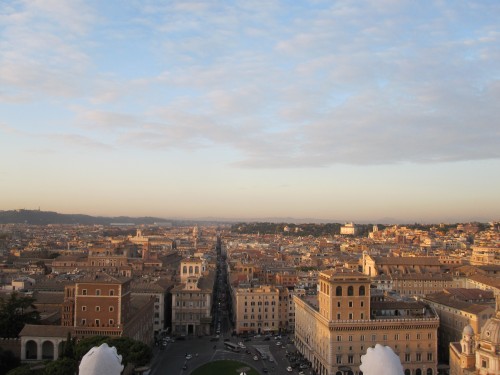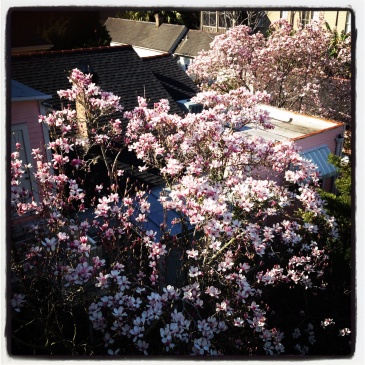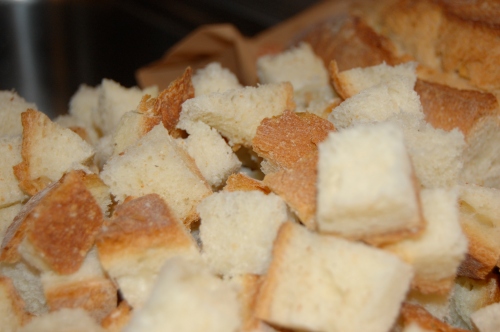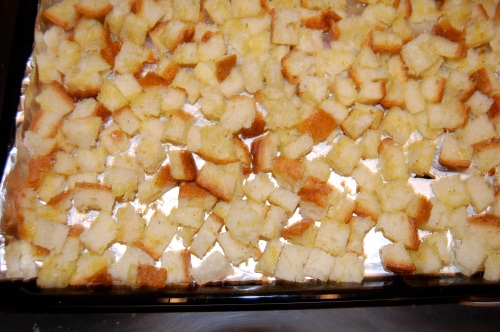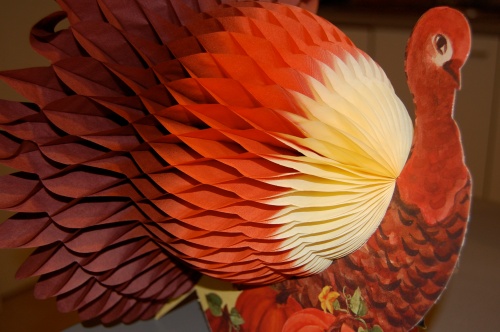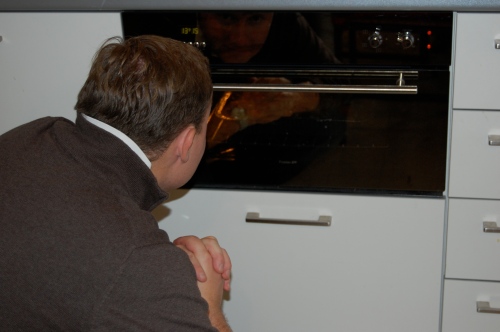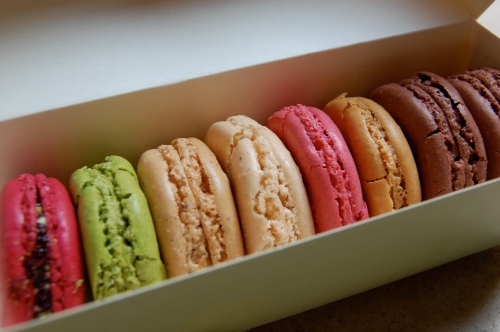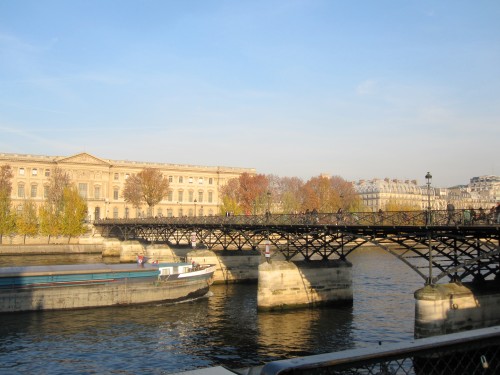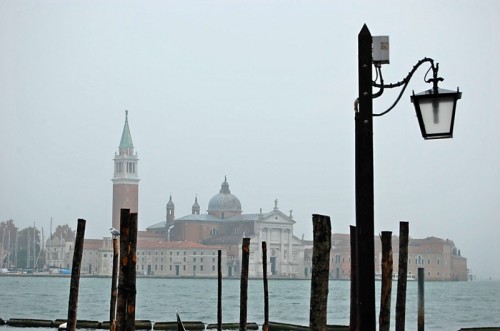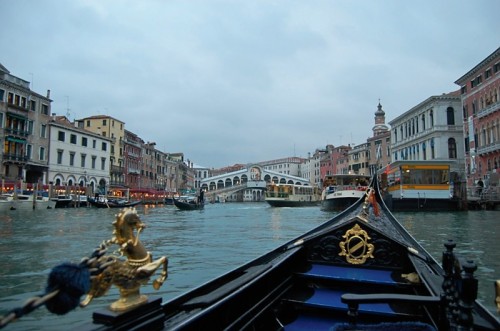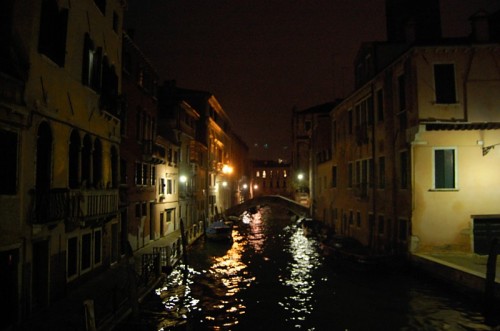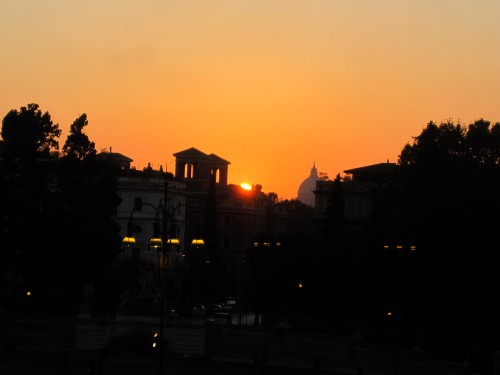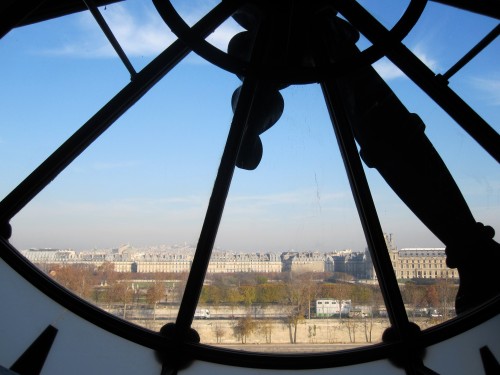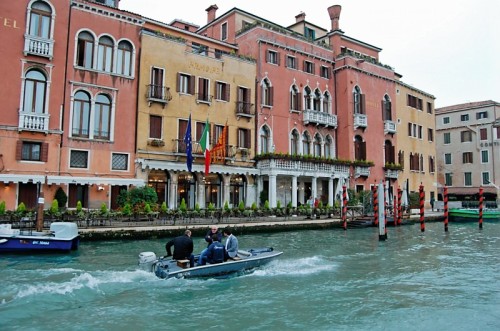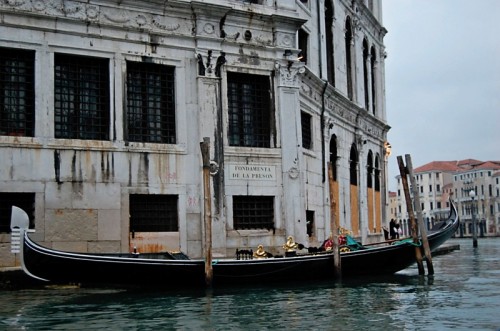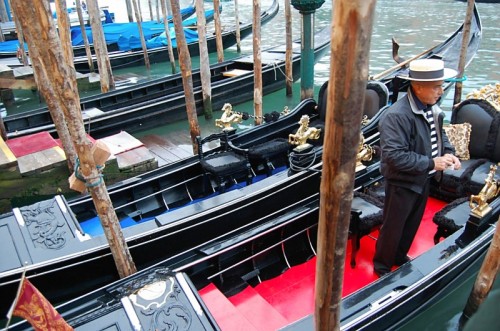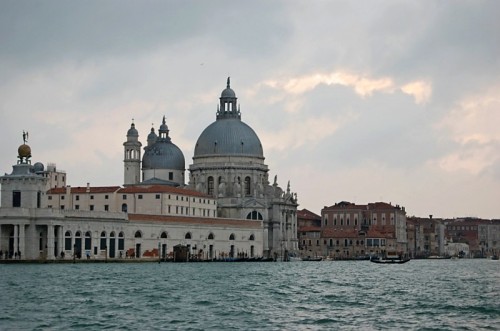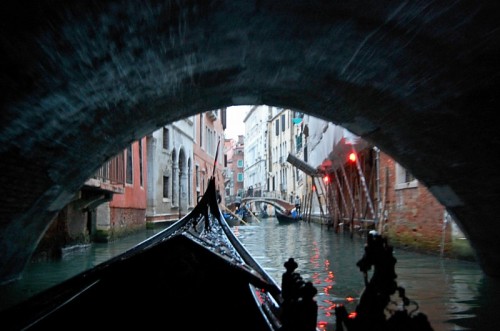
Before I left Italy, I may have developed a moderate (ok, major) obsession with the city of Bologna. In my last three weeks in the country, I took three day trips there.
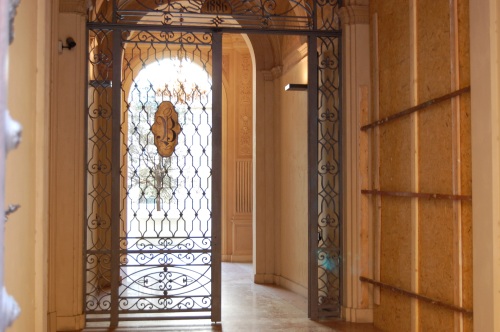
It’s no small task, really; the journey from Rome takes about four and a half hours round trip, assuming you take the fast train or Le Frecciarossa. Fun fact: translated to English, Le Freccia, as the Italians call it for short, means “the red arrow.” It never fails to make me smile, although I have no idea why. Incidentally, if you are planning train travel in Italy in he near future, have a look at this New York Times article which explains various discounts that are available through TrenItalia’s website – the savings are significant, and you shouldn’t miss out.
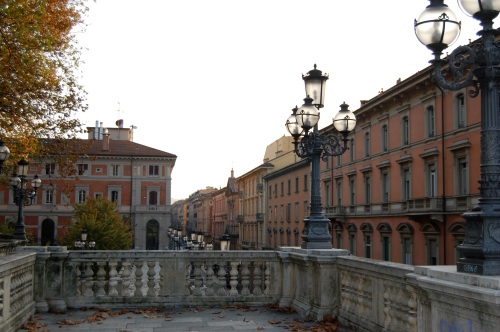
Moving on, now that you know all about train travel to Bologna, there are two facts about the city that I think you should know to put it into context.
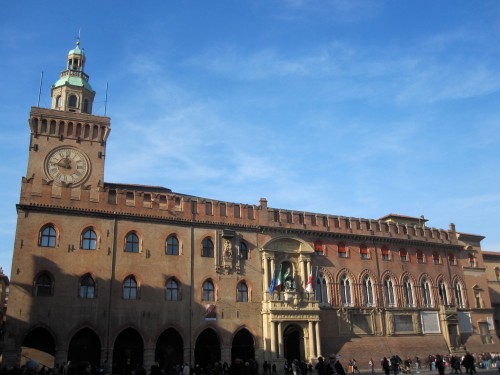
First, it’s a university town. The city is host to the University of Bologna, and as a result, it just feels younger, and a little more alive, than many other Italian cities. There’s this feeling in the air that things are happening here, and the majority of people you see seem to be genuinely enjoying life as they go about their daily businesss (strong contrast to Rome here, in my opinion).
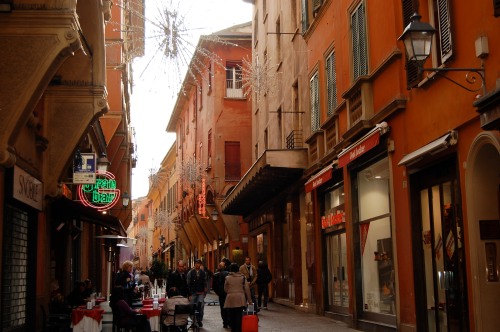
In a lot of ways, it’s the Italy you imagine when you’re on a particularly good date in an Italian restaurant in the states, and begin to brainstorm (fueled by a few glasses of Chianti, of course) how amazing your life would be if you just quit your job and moved to Italy.

My Italian fantasy went something like this: I’d ride my bike to the market in the morning, joking with all of the vendors (who know my name and think of me fondly as their wonderful, free-spirited foreign customer and friend), go pick up some goodies at Prada (which I can now afford since I’m basically Italian and all Italians wear Prada and Gucci all the time), then I’d close out each day drinking excellent wine and indulging in food so good I can’t even begin to imagine it, since it’s way better than anything I’ve ever experienced in America, and to even try would just blow my mind into tiny pieces.

Reader, shockingly, my Roman life didn’t turn out that exactly way, but I digress. This does, however, bring me to the next thing you should know about Bologna: it is a city that is serious about food. I’ve heard it said that the rest of Italy refers to Bologna as “Bologna the Fat,” but I like another translation of this sentiment better: “Bologna the Plump.” It just seems nicer.

Regardless of which moniker you use, you get the point: people in this city like to eat, and they like to eat well. The tortellini originated here, and the cities of Parma (known for its parma ham, proscuitto crudo), Modena (famous for its balsamic vinegar) and Reggio Emilia (the birthplace of Parmigiano-Reggiano cheese) are all nearby.

And, despite the fact that there’s an Eataly in Bologna, the specialty market culture is still thriving: there are dozens of butchers, vegetable stores, fish shops, wine stores and flower stores lining the streets just off of Piazza del Maggiore and Piazza del Nuttuno, the two main piazzas of the city.


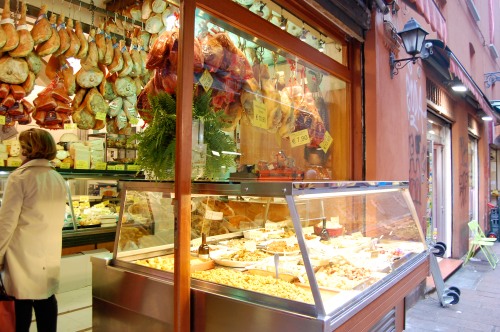
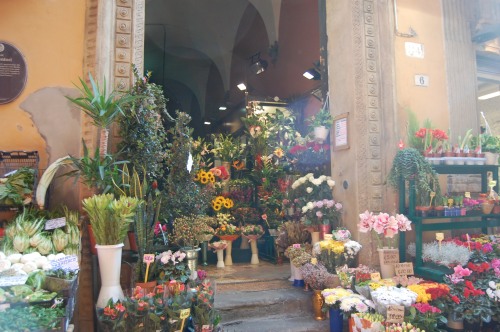
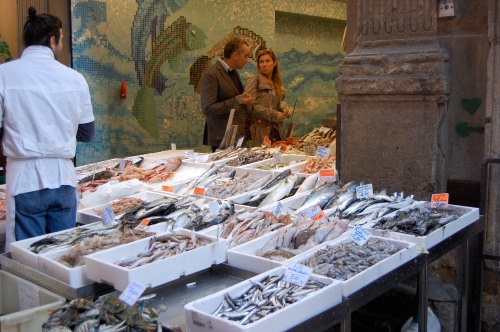
Because of all this, a visit to Bologna can be unabashedly food-focused. To be honest, this was totally refreshing to me, and probably the reason I fell so hard for the city. Unlike Rome, there aren’t an endless amount of museums and historical sites that beg to be visited.

When you’re there, do as so and don’t be embarrassed: start your day with a cappuccino, wander through the streets shopping (by the way, the shopping is truly excellent), spend a couple of hours lingering over vino and tortellini for lunch, walk it off by visiting a church or a piazza in the afternoon, hit a wine bar by dusk, and indulge in spaghetti Bolognese for dinner. It’s called living la dolce vita, remember? Salut!

Also, if you’re interested, here are a few places I visited in Bologna and would recommend:
Lunch or Dinner
Da Gianni a la Vecia Bulagna – via Clavature 18
Ristorante Diana – via Independenza 24
Bistro 18 – via Clavature 18/b
For Food Gifts
Tamburini – via Drapperie 1
Eataly – via degli Orefici
For Wine
Tamburini
Divinis – via Battibecco 4/c

